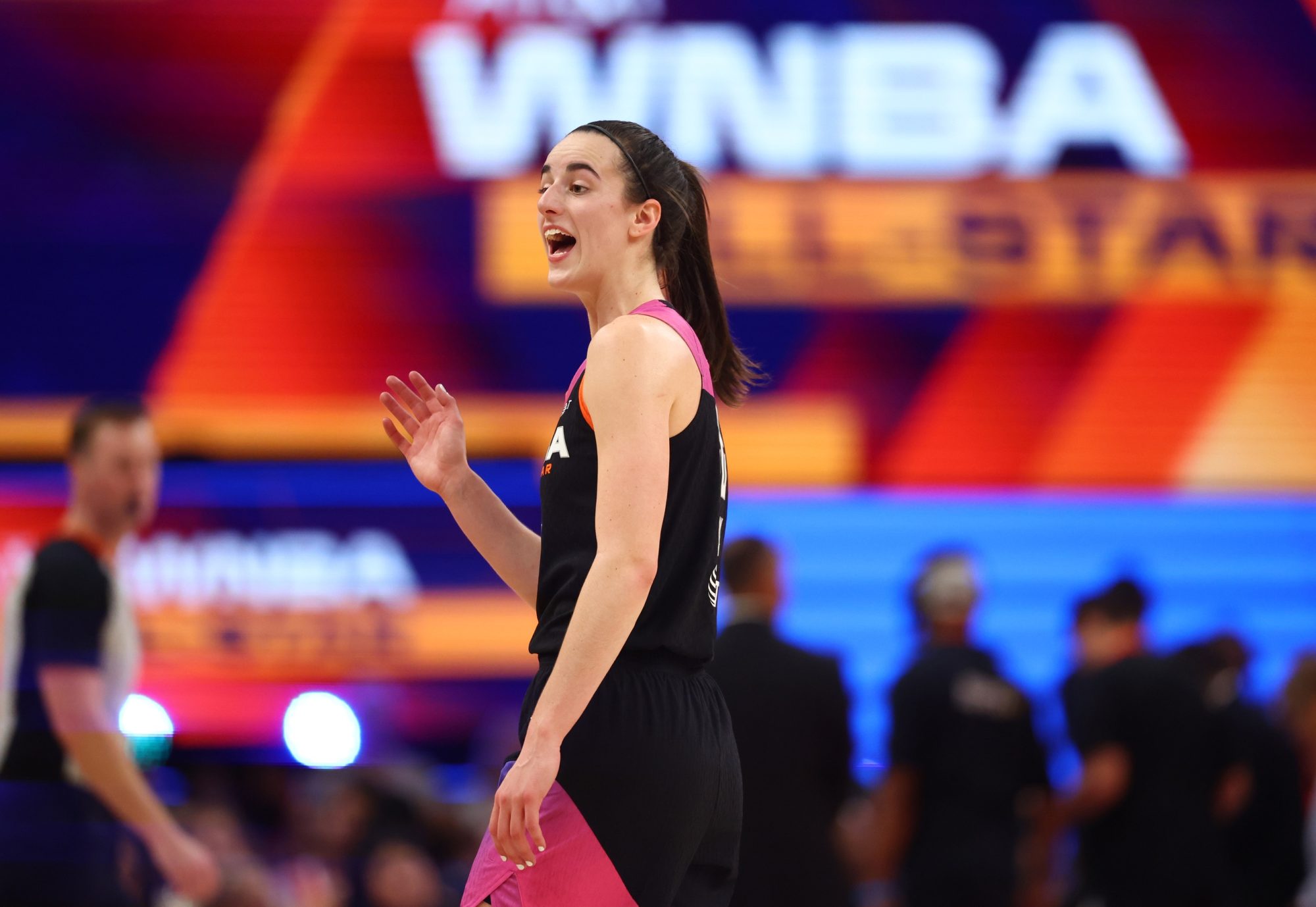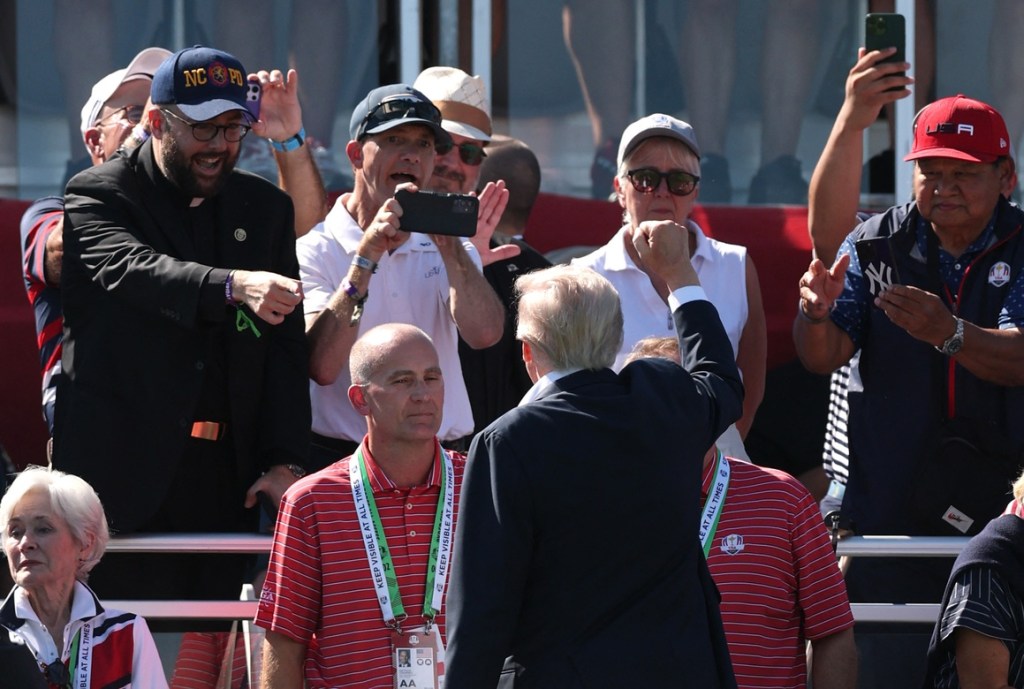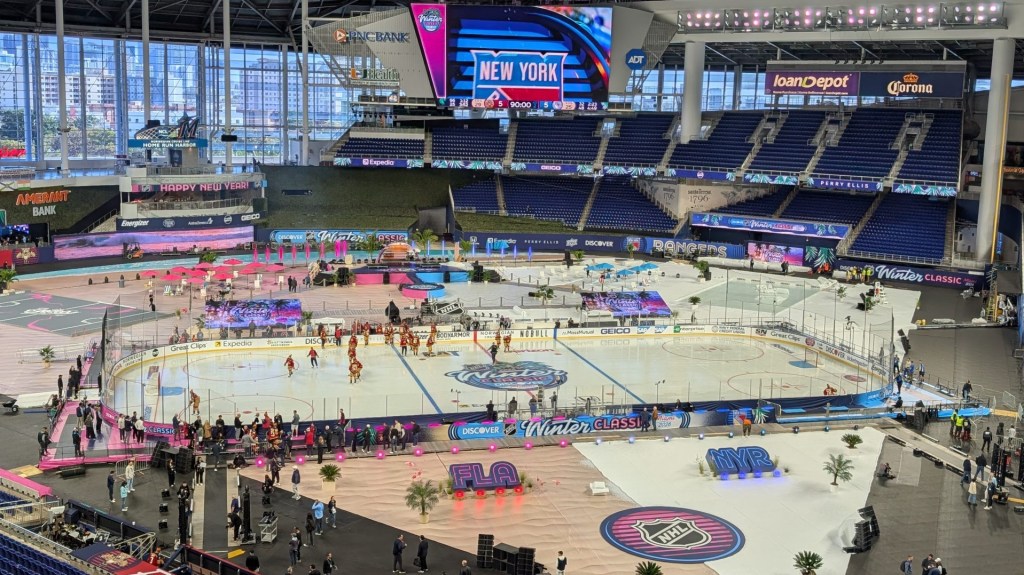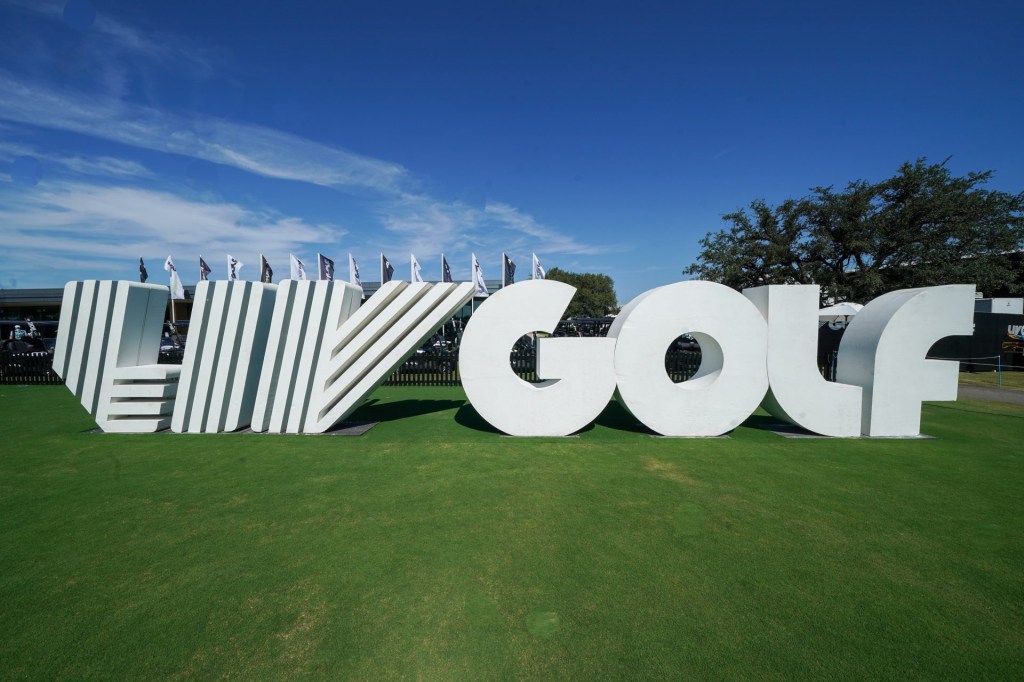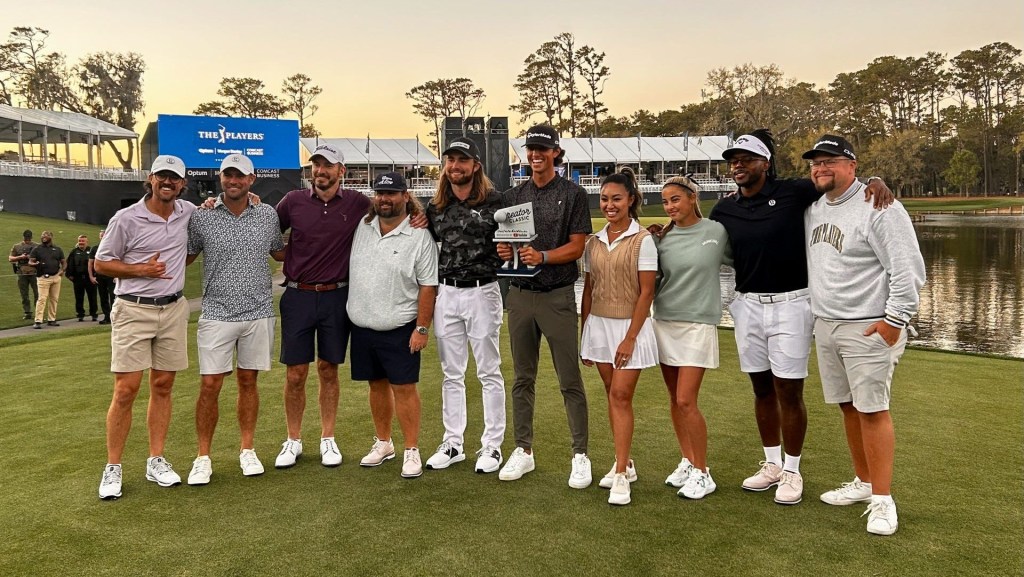The WNBA season resumes Thursday after a month-long break. But for WNBA executives, the month off was spent working, as the league looks to carry over momentum from the first half of a game-changing season.
Dan Gadd, SVP for growth with the Atlanta Dream, tells Front Office Sports that his staff clocked in to ensure a successful second half of the season—and also focus on 2025. Gadd, who has worked with three NFL teams in the past, says the WNBA’s unprecedented growth this year has altered data and changed forecasting methods for business decisions like ticket prices and sponsorships.
“I’ve never seen a year-over-year change in sports like this, and how to handle that’s been one of the biggest questions. It’s been phenomenal,” Gadd says.
The league’s growth is driven by the arrival of the 2024 rookie class that features Caitlin Clark (above) and Angel Reese. The WNBA has 16 games with at least one million viewers this season—including the All-Star Game—14 of them featuring Clark, and the top two most-watched games between the Indiana Fever and Reese’s Chicago Sky. Not a single game breached the one-million-viewer mark last year, including the Finals.
The Dream, whose home arena, Gateway Center, holds just 3,500 people, moved two home games against the Fever to the State Farm Arena, the home of the NBA’s Hawks, which can seat around 19,000 fans.
“From the minute that they declared for the draft, our website went crazy, and the number of leads coming in was fantastic,” Gadd says.
Bridging the Gap
There is some risk for the WNBA in maintaining its viewers coming from this break. Clark and Reese were not included on the gold-medal-winning USA team, and have been away from the spotlight for the last month. The NFL and college football are also set to return and their games will coincide with the WNBA playoffs.
But Gadd says he’s not worried about a lapse in fan interest, citing the visibility of WNBA stars in the Olympics and pointing out that the Dream are “close” to selling out all 20 home games for the first time.
“I’m not losing any sleep over that,” Gadd says. “The women’s team won gold, the women’s 3×3 team with our Rhyne Howard won bronze. It’s not like we’ve just become irrelevant overnight.”
Team USA’s one-point victory in the Olympic final over France on Sunday averaged 7.8 million viewers—including 10.9 million in the second half.
A Media-Rights Win
Near the start of the break, the WNBA—together with the NBA—agreed on a media-rights deal with ESPN, NBCU, and Amazon worth $2.2 billion over 11 years.
Gadd says it was a “strong deal” for the WNBA, and pointed at two specific reasons. First, the deal significantly raised the value of the league since it more than tripled the estimated $60 million per year the league currently receives from media deals. He also says the ability of the league to reevaluate the price in 2028 gives it “flexibility” to increase its value.
“It allows us to both raise the bar right now and continue to grow over time, and that’s all you can ask,” Gadd says.
